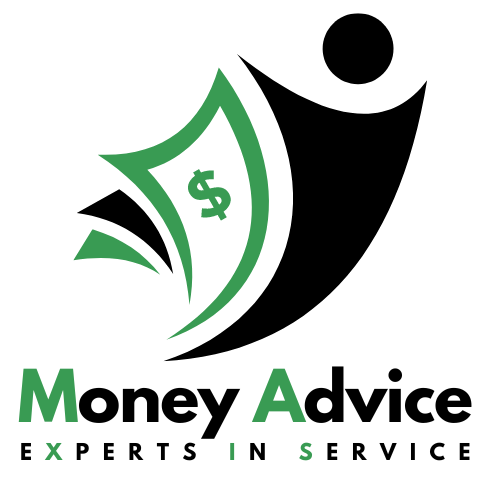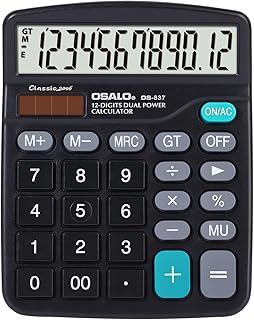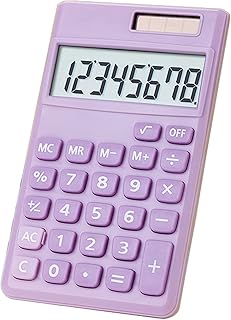When it comes to comparing lenders versus competitors in the Australian home loan market, there are numerous factors to consider. Home loan interest rates are influenced by a variety of economic indicators, both domestically and internationally. One crucial factor is the national cash rate, set monthly by the Reserve Bank of Australia. Lenders typically adjust mortgage rates in response to changes in the cash rate, making it essential for borrowers to stay informed about economic data such as inflation figures, retail trade, and unemployment rates.
While many borrowers focus solely on finding the lowest interest rate, the best mortgage rate is one that aligns with individual financial needs and preferences. Beyond interest rates, borrowers should consider factors like ongoing fees, loan features, and additional perks offered by lenders. Borrowers should also assess whether they prefer traditional face-to-face customer service or are open to online-based lenders.
A key metric to evaluate when comparing home loans is the comparison rate, which provides a more accurate representation of the total cost of a loan by factoring in fees alongside the interest rate. Understanding the comparison rate can help borrowers make informed decisions and avoid surprises related to hidden costs.
When it comes to choosing between banks and non-bank lenders, borrowers should weigh the advantages and drawbacks of each. Non-bank lenders may offer lower rates and innovative services but could lack the same level of customer service as traditional banks. Additionally, borrowers should be aware of the security of their deposits, as only Authorised Deposit-taking Institutions (ADIs) offer protection under the Financial Claims Scheme.
Home loan interest rates can vary significantly, with the average rates for owner-occupier and investor loans fluctuating based on market conditions. Factors such as the RBA cash rate, borrower type, credit history, and loan features all play a role in determining the interest rate offered by lenders.
When selecting a mortgage, borrowers should consider various aspects such as owner-occupier status, deposit size, repayment type (principal and interest vs. interest-only), fixed or variable interest rates, and the ability to afford potential rate rises. Understanding home loan fees, including application fees, ongoing charges, and exit fees, is crucial for assessing the overall cost of borrowing.
To find the right mortgage, borrowers should ask themselves key questions about their financial situation, goals, and preferences. By considering factors like borrower type, deposit size, repayment structure, and interest rate type, borrowers can narrow down their options and choose a home loan that aligns with their individual needs.
Ultimately, the best mortgage is one that not only offers a competitive interest rate but also meets the borrower’s specific requirements and financial objectives. By conducting thorough research, comparing lenders, and understanding the full cost of borrowing, borrowers can make informed decisions when selecting a home loan in the Australian market.
📰 Related Articles
- Major Australian Banks Adjust Home Loan Rates Ahead of RBA Decision
- Factors Affecting Home Loan Borrowing Capacity Explained
- Competitive Australian Home Loan Rates Spark Borrower Interest
- Choosing the Best Solar Battery System for Australian Homes
- Choosing the Best Adventure Bike Helmet: Key Factors Explained

 Turbocharge Wealth
Turbocharge Wealth Stock Market
Stock Market Side Hustle
Side Hustle





 McDonald’s Monopoly
McDonald’s Monopoly 30 Ways To Pay Off
30 Ways To Pay Off